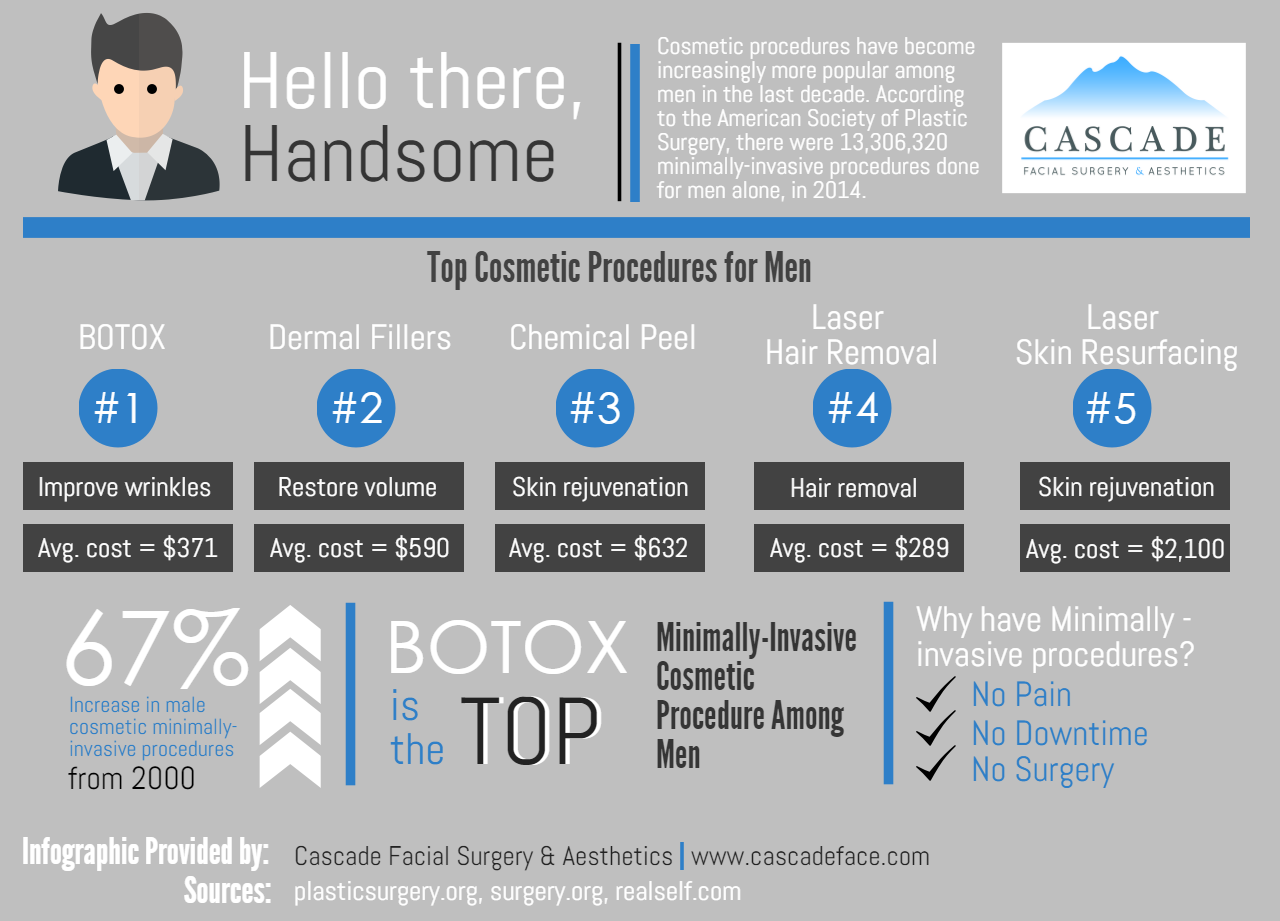Acne And Skin Allergies
Acne And Skin Allergies
Blog Article
Acne Marks and Post-Acne Treatment
Acne scars and dark marks can remain also after the acne itself has actually removed. But there are several natural, over-the-counter and clinical therapies that can reduce their look.
Ice pick marks are little indentations that appear like pinpricks; rolling marks have a wave-like appearance and superficial deepness; boxcar scars have clear sides; hypertrophic scars are increased bumps. Therapies include skin needling, where your physician rolls a needle-studded device over the skin; and surgical excision, when a medical care professional remove deep scars.
1. Exfoliate
Acne marks fade best when they aren't covered with dead skin cells. Exfoliation gets rid of the buildup and enables fresh skin cells ahead to the surface. It likewise makes acne marks less obvious.
A dermatologist can suggest peeling methods for your certain skin kind. Dry skin may take advantage of peeling with scrubs or other mechanical techniques, while oily skin might require a chemical peel. Those with darker skin tones need to be mindful using stronger chemical therapies, as they can create dark spots and sensitivity.
If you have acne marks, stay clear of picking or squeezing at them, which can make them even worse. Swelling caused by irritation boosts the opportunity of scarring. Picking can leave ice-pick scars, which are narrow impressions with a factor at the end. You can also get boxcar scars, which are imprints with bigger sides. You can also establish hypertrophic or keloid scars. These are increased bumps of mark tissue that can be scratchy and painful.
2. Moisturize
After finishing your acne treatment, maintaining skin clear and healthy and balanced requires a regular skincare routine that shields from breakouts and minimizes post-acne marks. This consists of a gentle cleanser and moisturizer, non-comedogenic products that don't block pores, and staying clear of foods that aggravate skin or trigger acne flare-ups.
Making use of a light-weight, non-comedogenic moisturizer with ingredients like hyaluronic acid and glycerin can help moisturize skin while likewise enhancing skin structure and advertising recovery. Seek an item that is created without scent or parabens.
An item that targets lingering acne marks with ingredients such as skin-brightening tranexamic acid and bakuchiol can improve dark spots or uneven tone caused by inflammation. It gently resurfaces the complexion while smoothing rough and textured areas. A product that combines a retinoid and a plant-based retinol alternative can also improve the appearance of much deeper marks while all ultherapy beverly hills at once targeting existing imperfections and preventing future outbreaks.
3. Hide
As soon as your acne marks recover, you can conceal them with make-up and a concealer. Just ensure you're only applying the product over marks that are totally recovered (not fresh ones), states Sotomayor. After that, finish your look with a bold lip color or declaration great smoky eye shadow for optimal effect.
When it concerns choosing a foundation or colored cream, it is necessary to select one that is noncomedogenic and oil-free. This will certainly assist keep your skin clear and prevent the clogging of pores that can bring about brand-new outbreaks.
The exact same opts for selecting a concealer. Look for a formula that supplies complete protection but still feels light-weight and blendable on the skin. Likewise, when covering indentations from acne scars, it's an excellent concept to discover a shade that matches your all-natural skin tone (rather than a color lighter or darker). This will help hide the indents better. This nourishing balm is an excellent alternative for lightening up and lightening post-inflammatory hyperpigmentation, which can be triggered by acne or other inflammatory skin disease. It consists of moisturizing panthenol, softening shea butter and strengthening peptides that lower inflammation and scaly appearance.
4. See Your Skin specialist
The scars that create from serious acne frequently require therapy by a physician or dermatologist. Prior to that can occur, however, an individual should have their acne under control. This consists of not picking or pressing acne areas, and using mild cleansers and water-based non-comedogenic products that will not block pores.
If pharmacy cleansers and area treatments aren't removing your skin, schedule a consultation with a skin specialist. The dermatologist can advise other therapies that assist remove your skin without drying it out or annoying it.
A dermatologist can likewise treat various other kinds of post-acne marks, consisting of dark spots that are a sort of hyperpigmentation called PIH (post-inflammatory hyperpigmentation). A topical retinoid like adapalene can visibly lighten these marks and discolor them rapidly. For various other types of marks, the doctor can recommend a more extensive treatment. This might include microdermabrasion or chemical peels off that are done right in the workplace. Depending upon the extent of your scars, these therapies may require to be repeated.